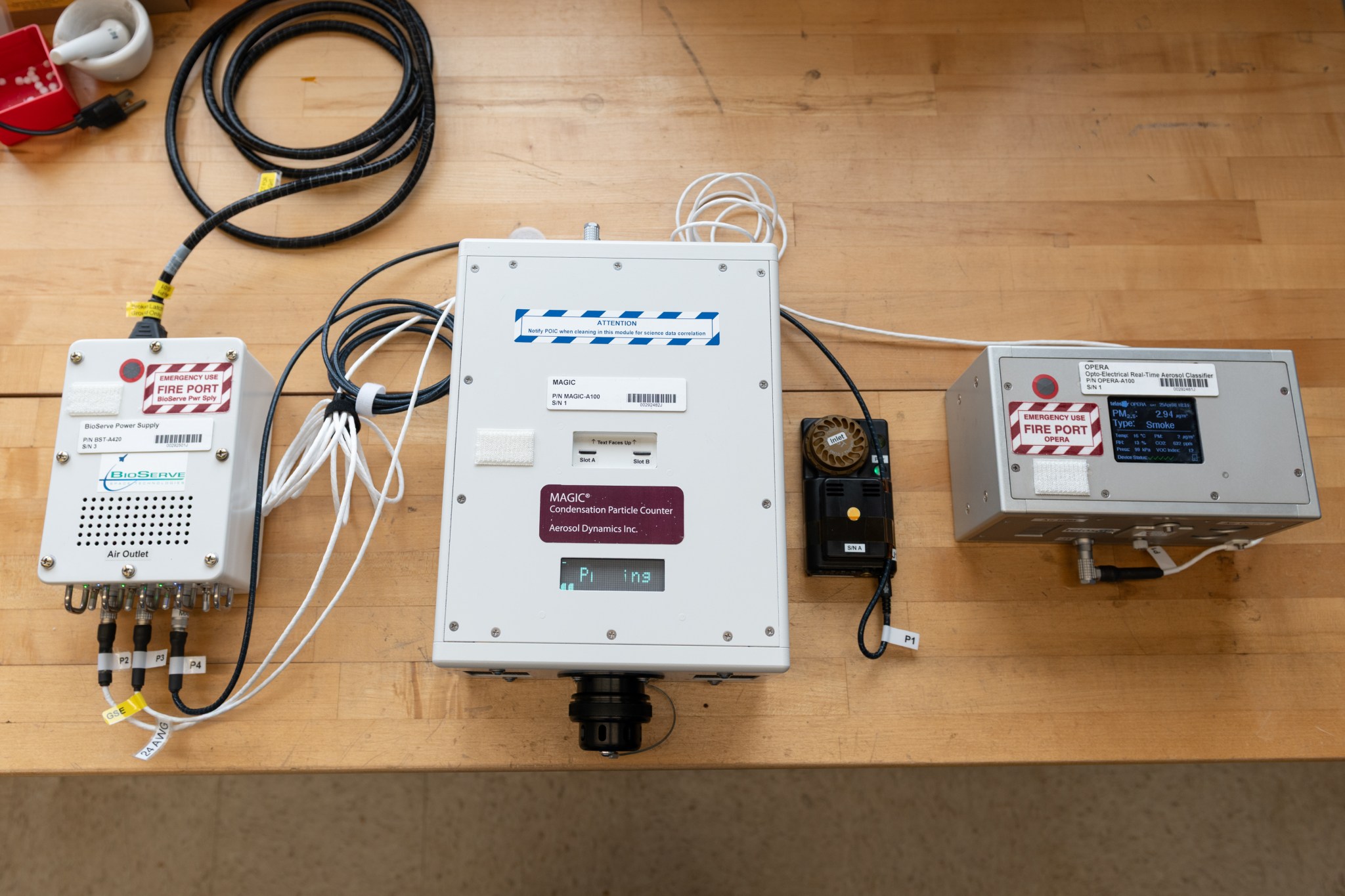2025-04-18 シカゴ大学(UChicago)

A new study by University of Chicago chemists shows how to quickly and easily make variations on a type of molecules called pyrazoles, which are often used in drug development. Photo by Jean Lachat
<関連情報>
- https://news.uchicago.edu/story/uchicago-chemists-unveil-new-placeholder-method-making-molecules-more-easily
- https://www.nature.com/articles/s41586-025-08951-x
ピラゾールアルキル化において戦略的原子置換が位置制御を可能にする Strategic atom replacement enables regiocontrol in pyrazole alkylation
Alexander Fanourakis,Yahia Ali,Liao Chen,Patrick Q. Kelly,Abigail J. Bracken,Christopher B. Kelly & Mark D. Levin
Nature Published:03 April 2025
DOI:https://doi.org/10.1038/s41586-025-08951-x
We are providing an unedited version of this manuscript to give early access to its findings. Before final publication, the manuscript will undergo further editing. Please note there may be errors present which affect the content, and all legal disclaimers apply.
Abstract
Pyrazoles are heterocycles commonly found as key substructures in agrochemicals and medicinally active compounds alike.1,2 Despite their pervasiveness, established methods fall notably short in delivering complex pyrazoles selectively due to issues of differentiation during either assembly or N-functionalization.3 This is a direct consequence of a dominant synthetic strategy that attempts to control selectivity-determining bonds between poorly differentiated starting materials. To overcome this longstanding challenge, we here describe a prototypical example of an alternative conceptual approach, “Strategic Atom Replacement”, in which we synthesize N-alkyl pyrazoles from isothiazoles. The net forward transformation is a “swap” of the isothiazole sulfur atom with a nitrogen atom and its associated alkyl fragment to deliver the alkylated pyrazole.4,5 Linking the two azoles is an orphaned heterocycle class, 1,2,3-Thiadiazine-S-Oxides, whose synthetic potential has yet to be tapped.6 By proceeding via these unusual heterocycles, the typical selectivity and separation challenges associated with exclusively bond-based pyrazole preparations are circumvented, and even minimally differentiated peripheral substituents can be discriminated to afford isomerically pure products.



